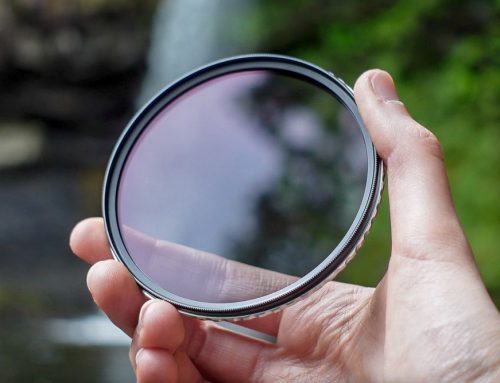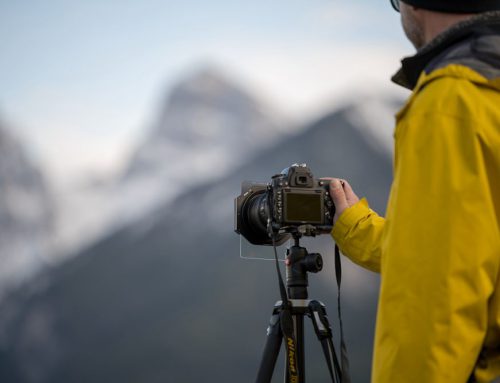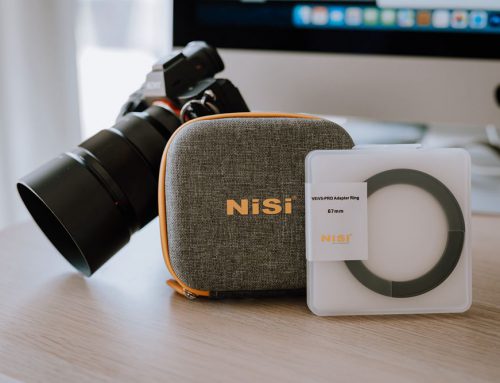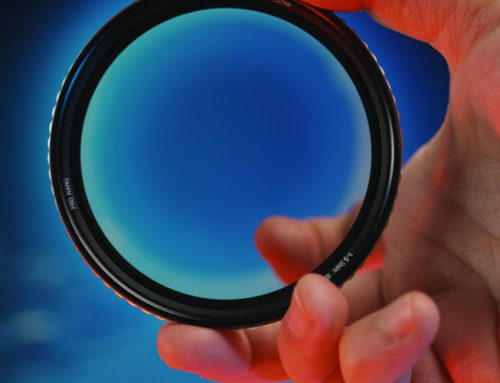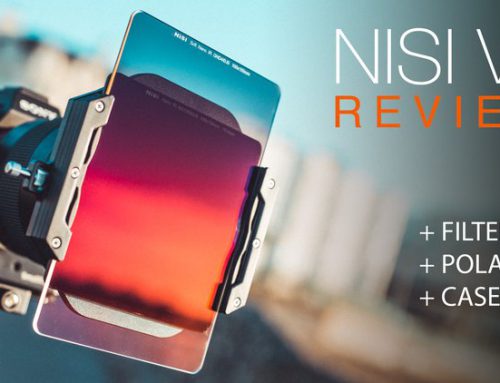Author :Peter House
Ultra wide-angle lenses are a staple for landscape photographers but most cannot accept a regular threaded filter due to their protruding front glass elements. As such, photographers need to use a filter box which clamps to the outside of the lens and holds a large glass filter in place. Thus far lenses like the well received Tamron 15-30mm f/2.8 have not had many options. That is until I got my hands on this new filter system from NISI.
I will preface this review with the fact that I am not a landscape photographer by trade and ultra wide-angle lenses such as the Tamron 15-30mm are not what I would call go-to lenses in my kit. That said, I was recently sent over one of these Tamron 15-30mm lenses and an accompanying NISI filter system for a bit of testing. Before I jump into the filter system, I do want to say a few words about the lens itself.
I personally found the Tamron 15-30mm to be quite a brilliant lens. For a lens of such a wide angle the distortion is really well controlled. It is also incredibly sharp. Whenever I have needed a wide angle option in the past I have defaulted to the 16-35mm f/4 from Nikon and this Tamron lens is visibly sharper in my opinion. I have heard some folks mentioning that the VR seems a bit pointless on an ultra wide-angle lens, and while I somewhat agree that for most photographers who use this lens it may not be the most critical feature, it does work very well. I imagine that it would be an absolutely fantastic option for video if one desired a bit of extra stability in their wide-angle shots. If you wish to read a more in-depth review of this particular lens, I refer you to a review that was written right here on Fstoppers.
As I mentioned, along with the lens I also received the NISI filter system. This system is very similar in design to what you would expect to receive from LEE or Cokin. It essentially comes in two parts. Part one is the filter holder, which is as the name implies, a big clamp that you put around your lens which will hold a set of filters. The filter holder simply slides over the lens and there are two screws located on the collar that tighten it to the body of the lens. Once tightened, the holder is in place and is ready to accept filters.

The second part of the system are the actual filters themselves. These are large square pieces of glass with a variety of finishes that slide into the front part of the holder right in front of the lens. The NISI system has three slots which allows you to stack up to three filters for a fully customized outcome.

First Impressions
I wasn’t quite sure what to expect when I first received this filter system from NISI. As far as filters go, it is quite a saturated market, and the quality of the product really does vary wildly from manufacturer to manufacturer. Any reservations I had were immediately squashed upon unboxing. This filter system looks and feels solid right from the moment you set your eyes on it.
The holder itself is sturdy and built with precision. It is CNC machined and everything has a great finish. There were no loose parts or screws that needed tightening. Once the holder was mounted on the lens it was on there very securely. I made sure to tug and pull. That holder really isn’t going anywhere. Furthermore, it took only a couple turns of the mounting screws to tighten the holder in place; a testament to how precisely machined this piece is. It was a very snug fit.
The filters that accompany this holder are packaged in a beautiful leather case which looks and feels pretty sturdy to me. For everyday use and for travel it appears to be more than adequate with solid dividers inside the case and foam inserts that help cushion the glass. The filters were easy to remove and put back into the case which should make location work with these filters a breeze.

Once the filters were fitted onto the holder, the precision machining was showcased further. Everything fit snuggly and there were no light leaks. The glass filters stayed seated and did not shift with movement. It was a very confidence-inspiring system.
Real World Testing
In order to put the filter holder to use I decided to give it a test at a local waterfall. I chose to shoot on a bright sunny day around 1 p.m. with the sun on the same side as the waterfall. The reason I did this was because I wanted to introduce some flare into the images to test whether or not the filter would prove troublesome in that regard. At that time of the day the waterfall is also a very popular destination and gets incredibly packed with people. This would also prove to be a great way to showcase where such filter systems shine for landscape photographers.
Behind-the-scenes image by Eryn Gombos
I began by setting up and shooting a single image without using the filter system. The exposure was balanced in-camera as one would normally do given the conditions. The first frame was shot at ISO 64, f/11, and a shutter speed of 1/50s. As you can see we managed to capture the waterfall, but also the people that were present around it at the time.

For the second frame I mounted the NISI filter holder along with a 10-stop ND filter. This allowed me to drop my shutter speed significantly which gave the people in the picture time to move around and essentially “disappear” from the image. In addition you can see more movement in the water being introduced. To match the exposure, the camera settings were set to ISO 64, f/11, and a shutter speed of 30 seconds.
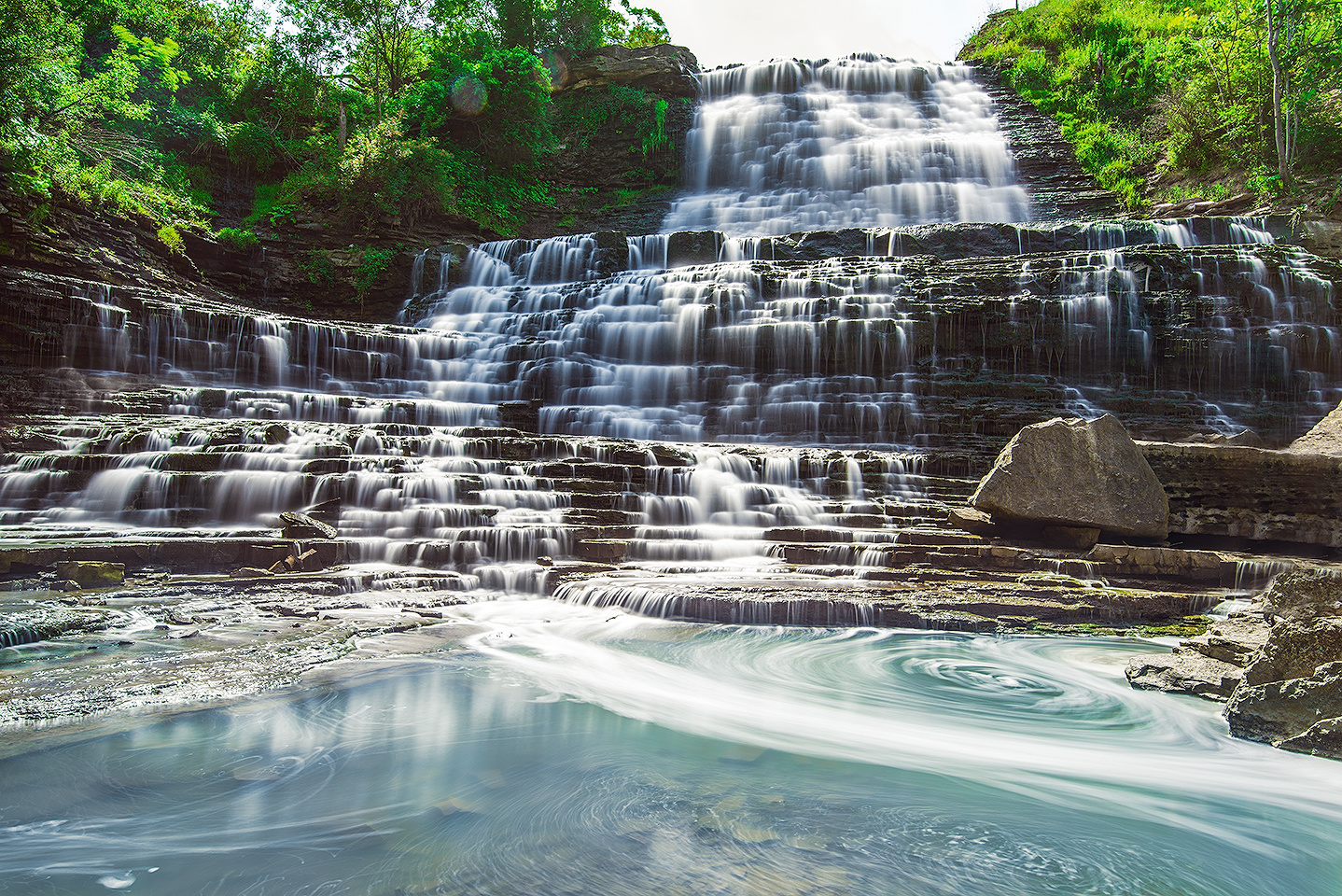
Final Thoughts
Upon reviewing the images, I can safely confirm that the NISI filters are just as good as any of the top brands I have used. I did not notice any significant reduction in clarity or sharpness. There was no ghosting or fringing to speak of. The filters work and they work very well. If you examine the images above you will notice a flare present in both images. Upon further testing I have confirmed that the flare issue is strictly caused by the Tamron lens, and the NISI filter does nothing to further compound the problem.
The only real issue I encountered with the product was a bit of a blue cast when shooting in auto white balance mode. This is easily corrected in post or if you manually correct your white balance in-camera.
The NISI filter system will be available shortly in Canada through Amplis Foto so keep your eyes peeled. At the moment it can be purchased directly from NISI or on Amazon. A variety of filters are available including a range of neutral density, graduated neutral density, and polarizing filters.


